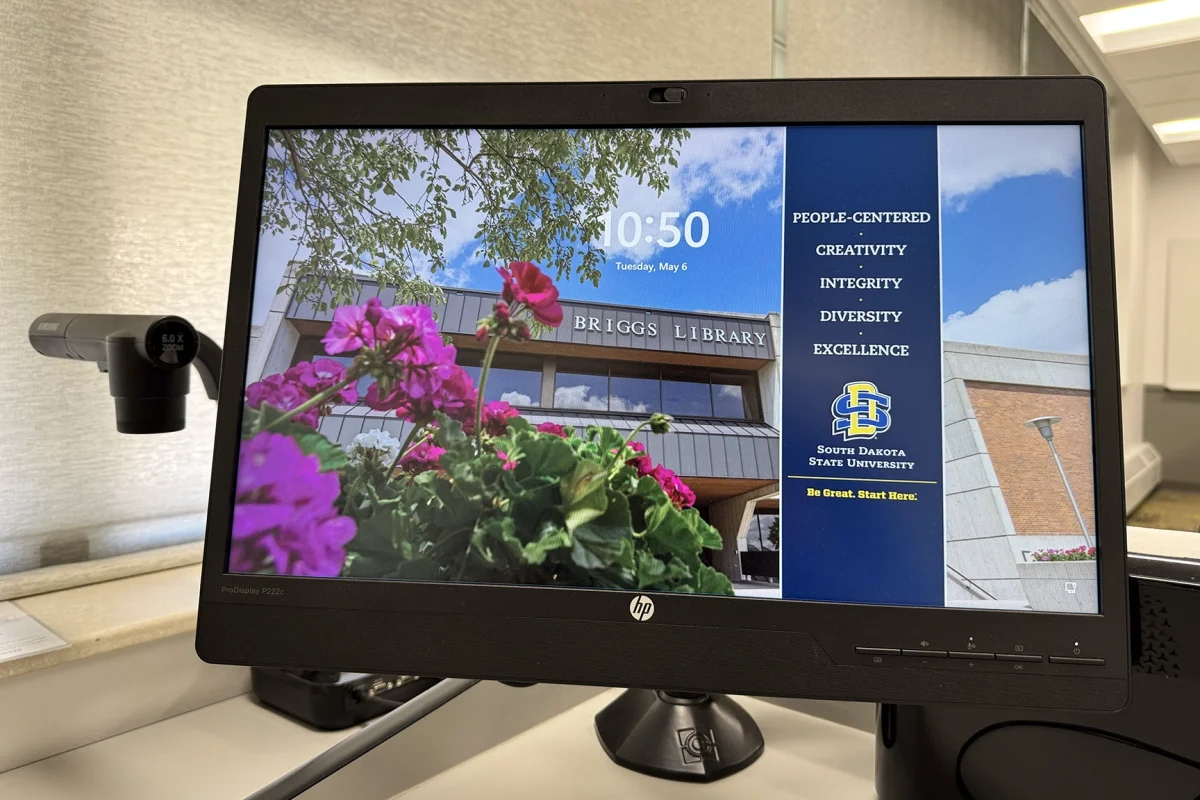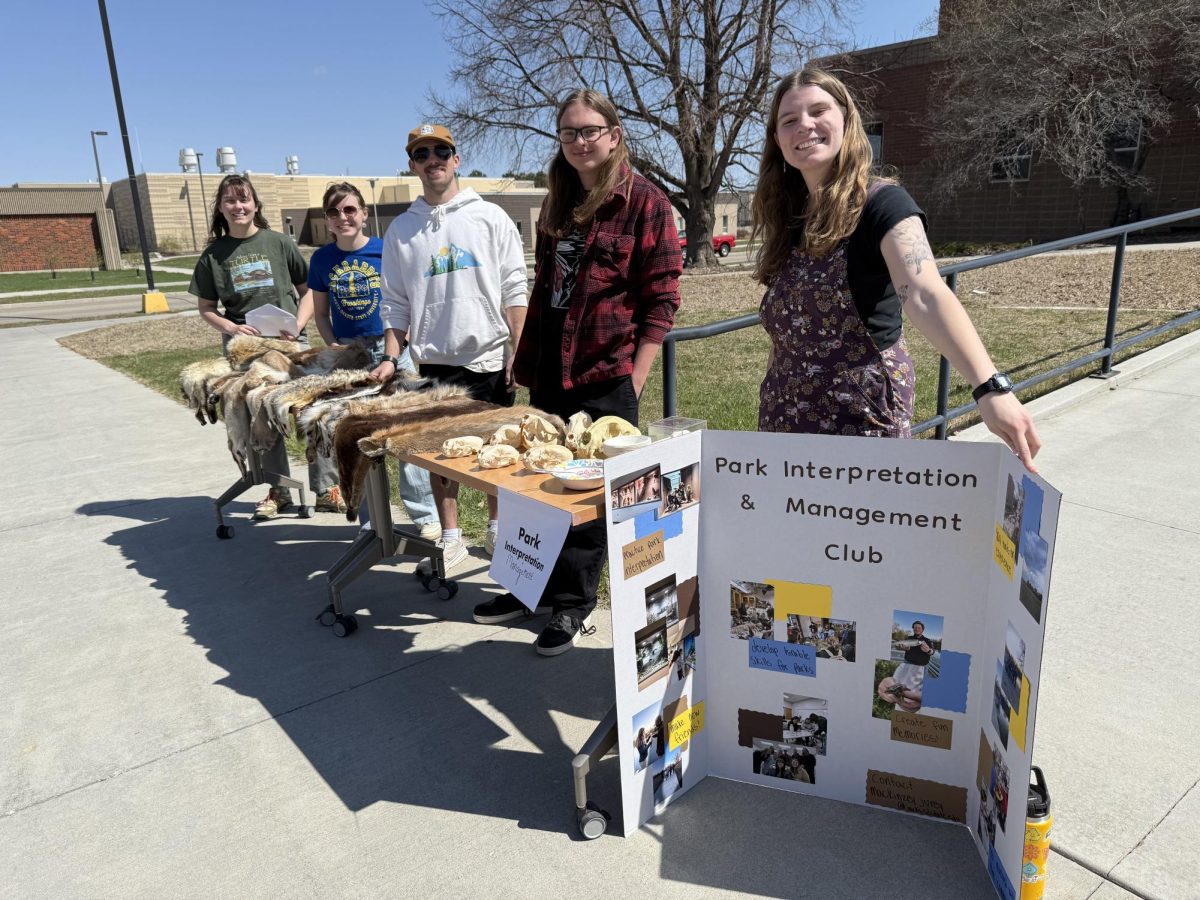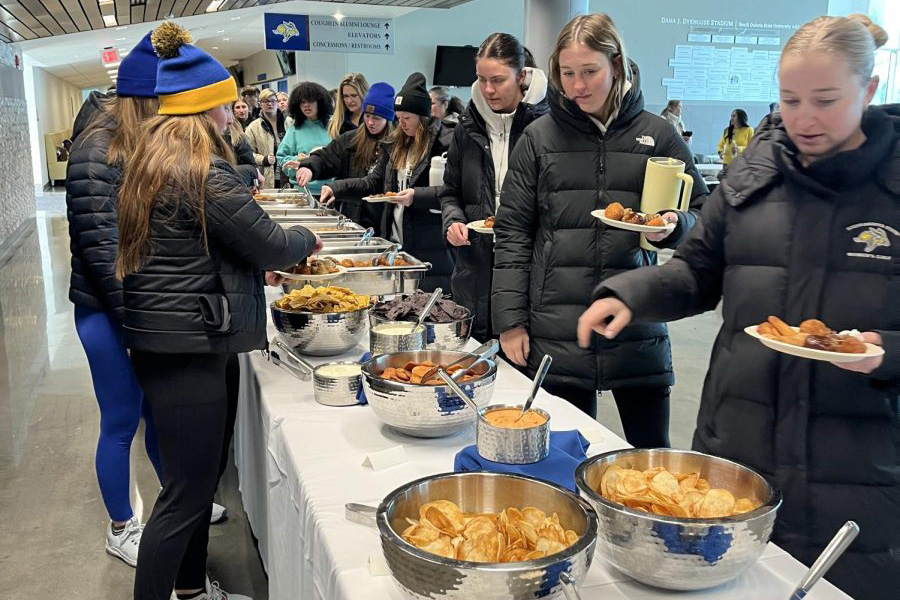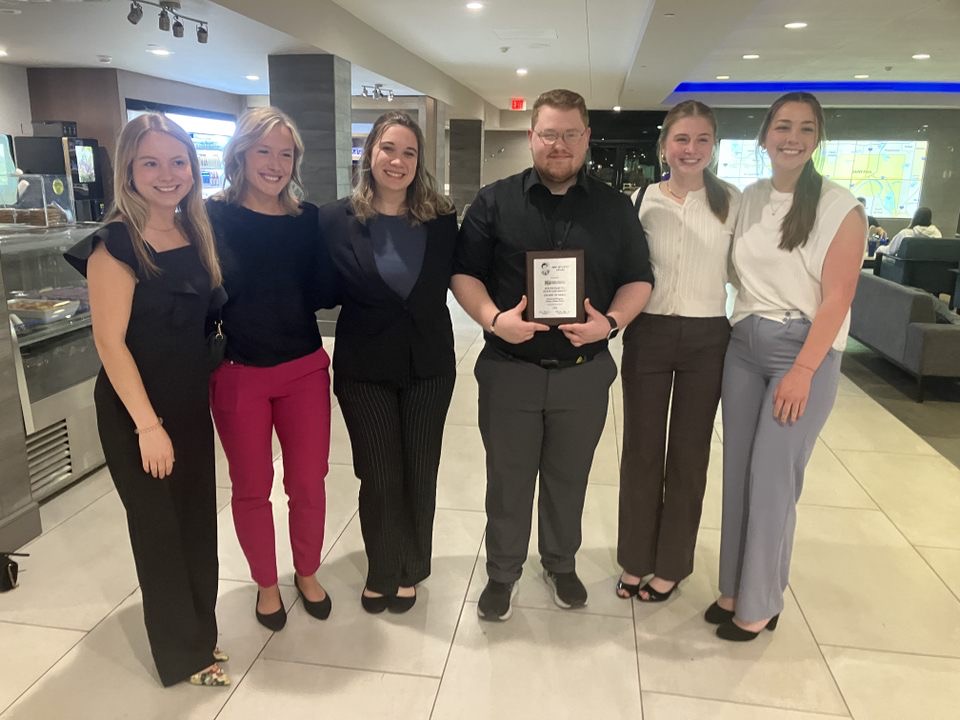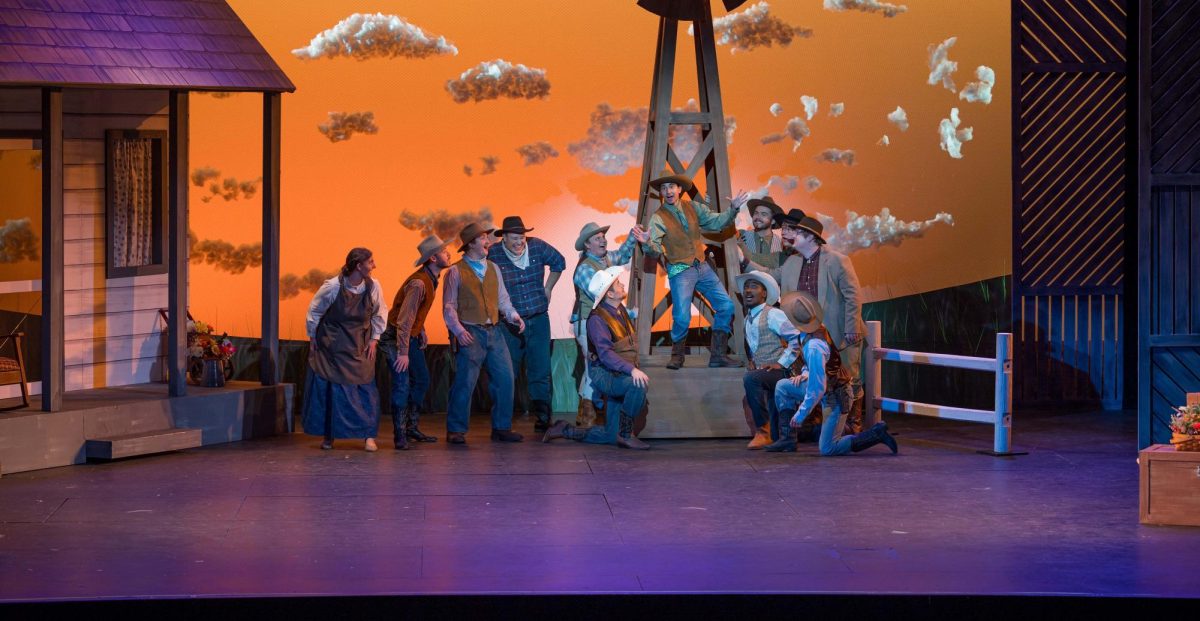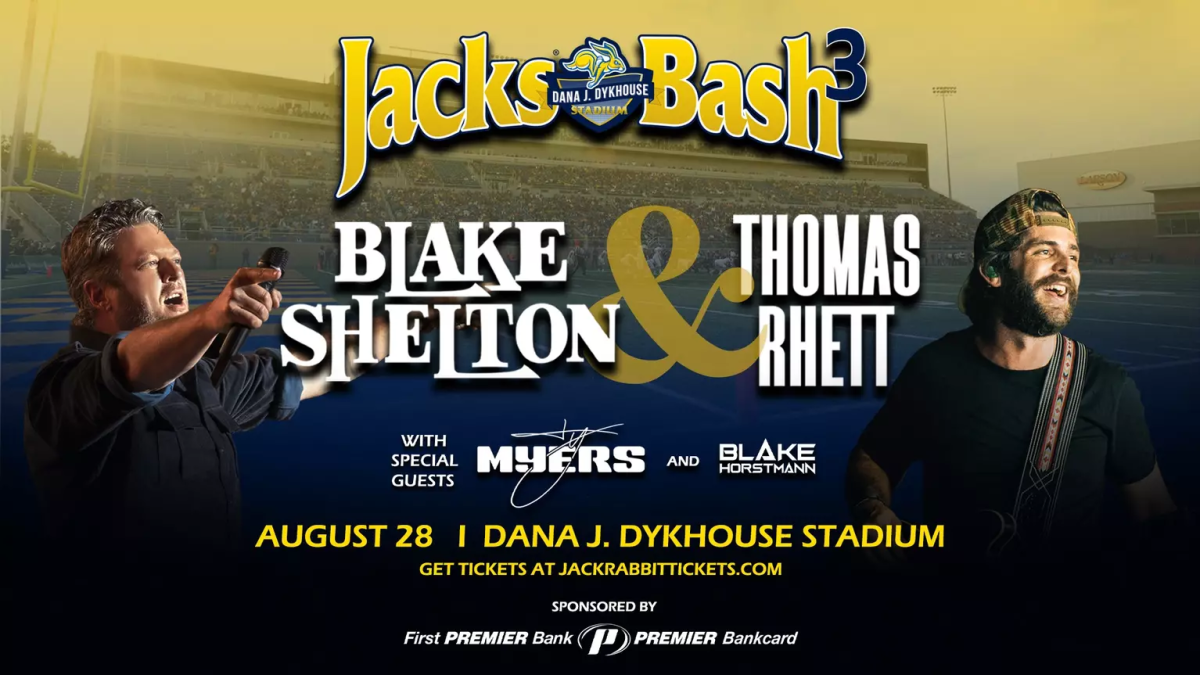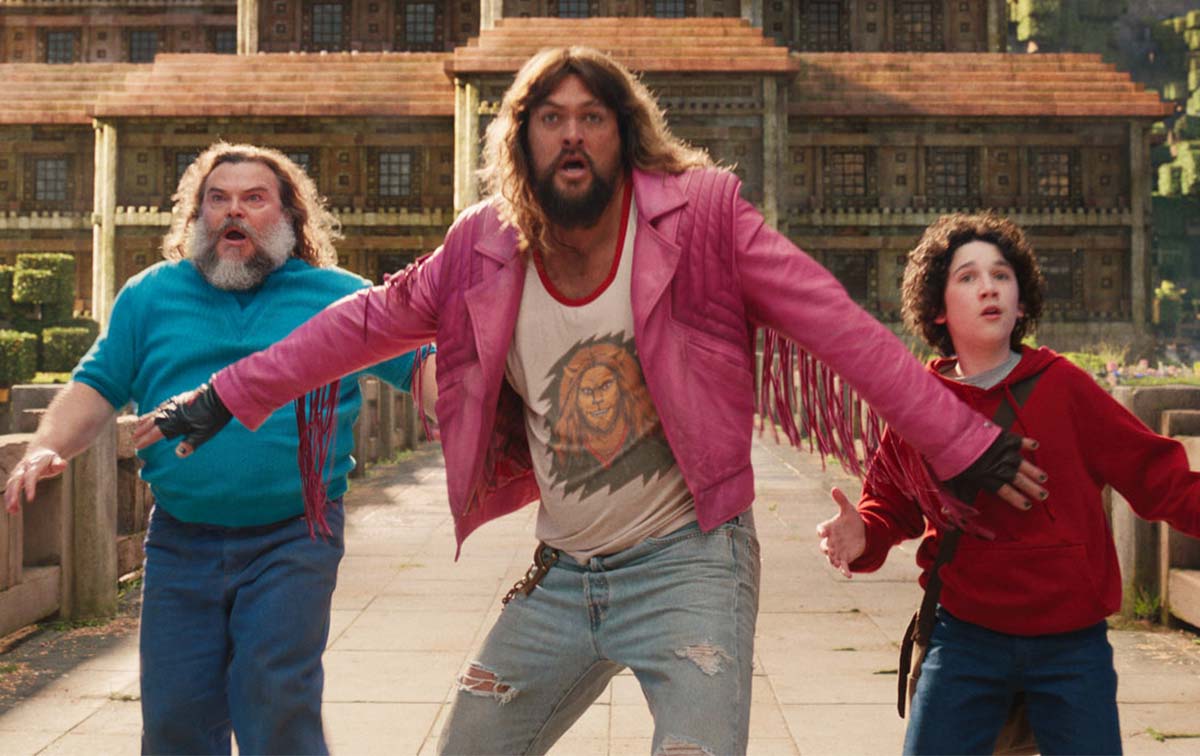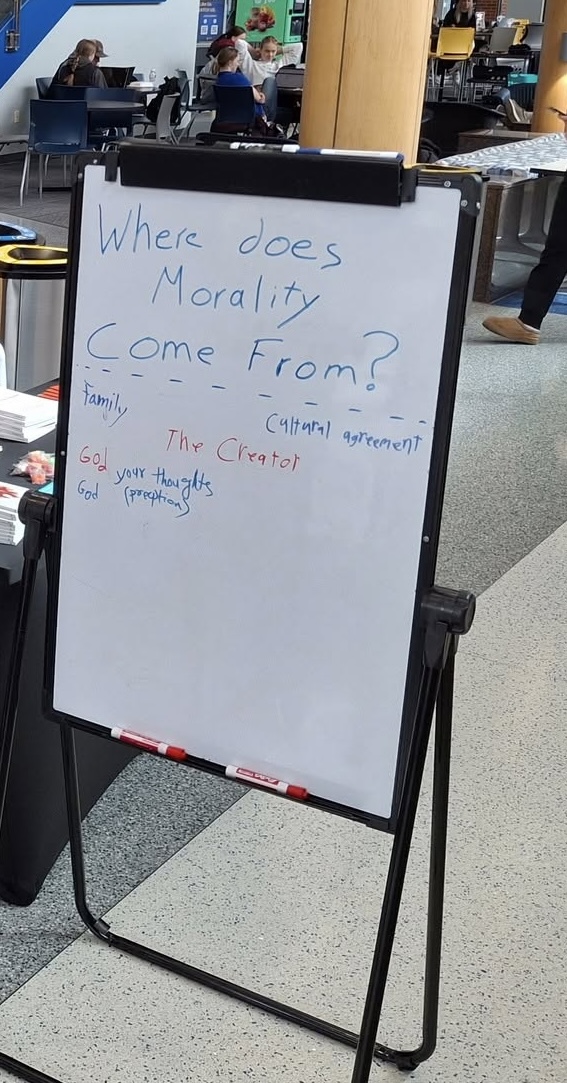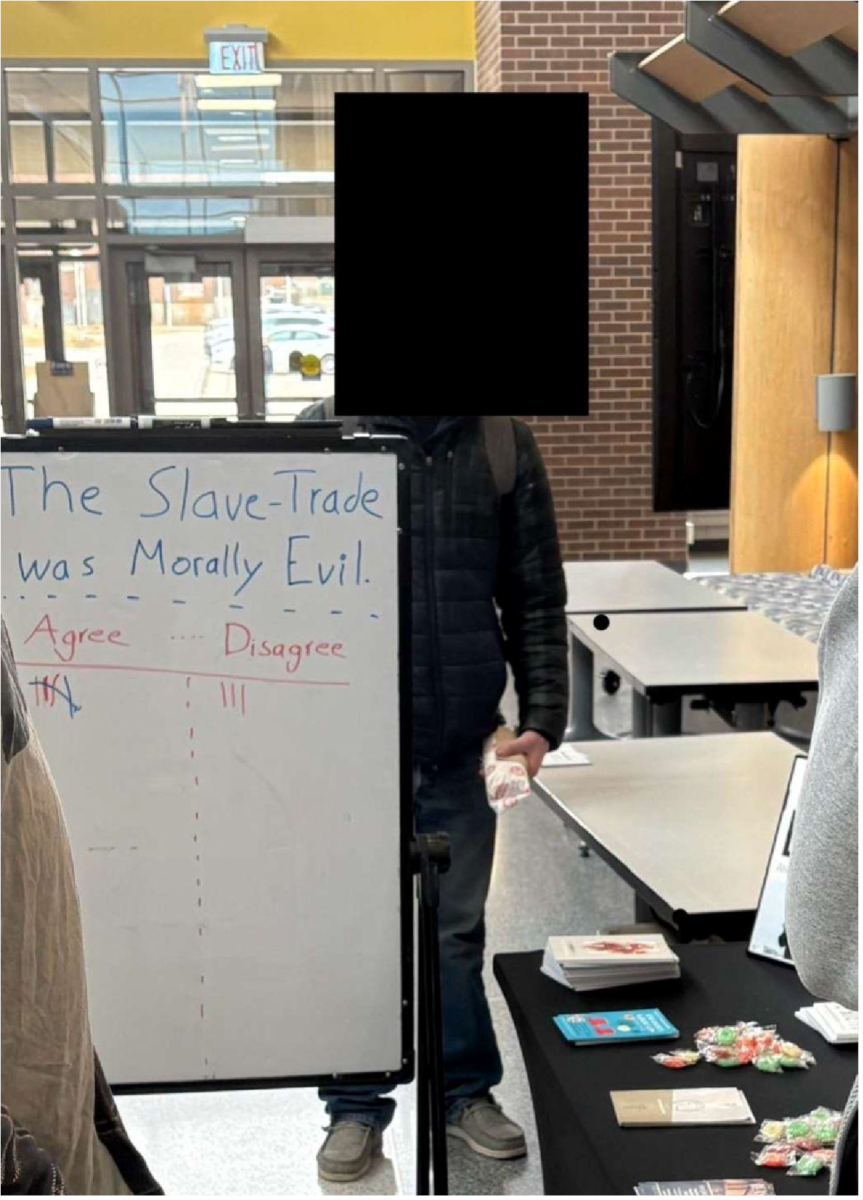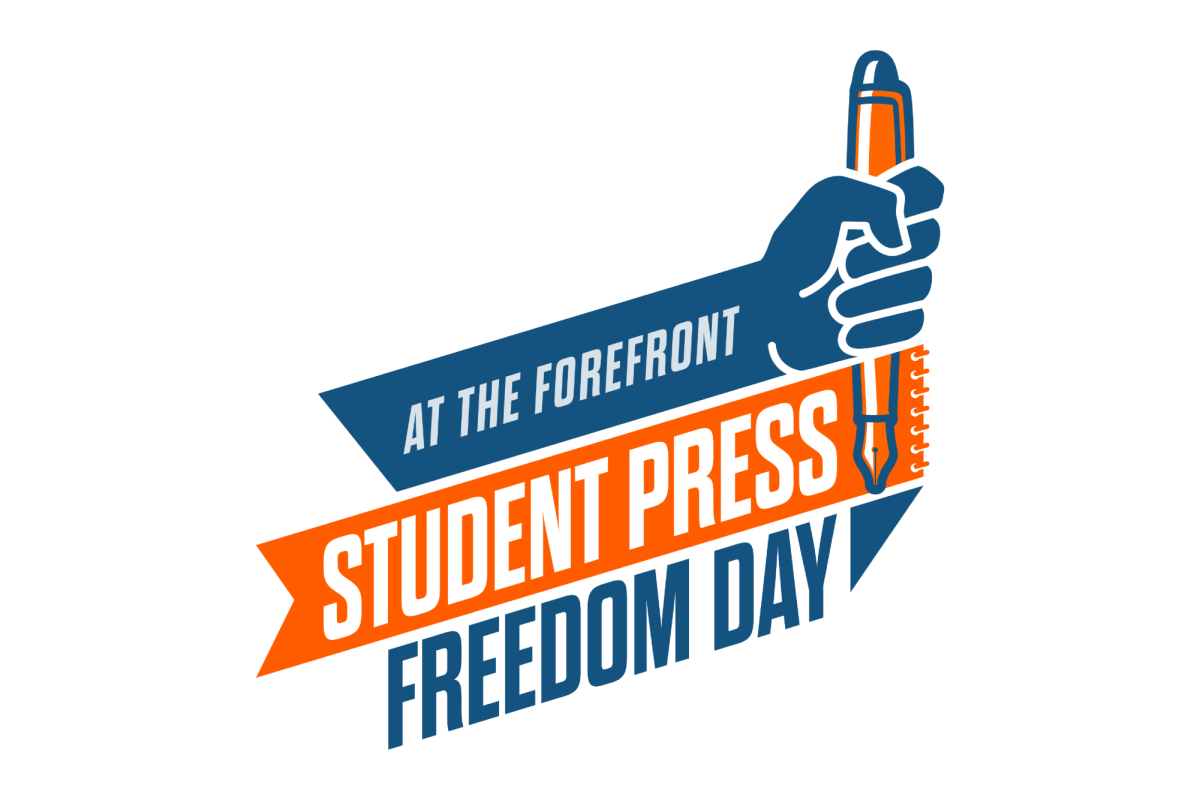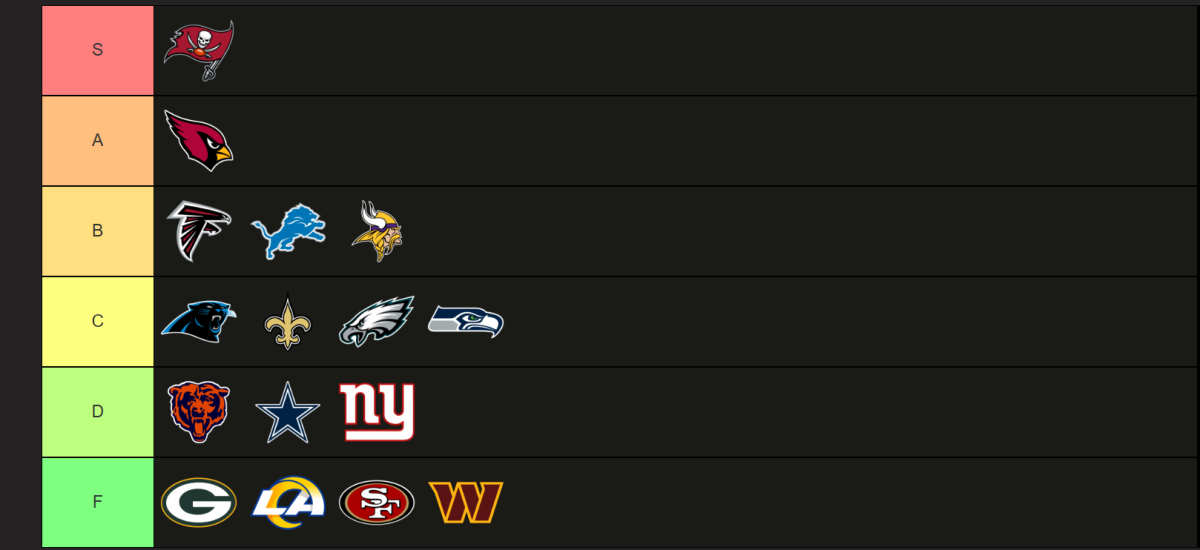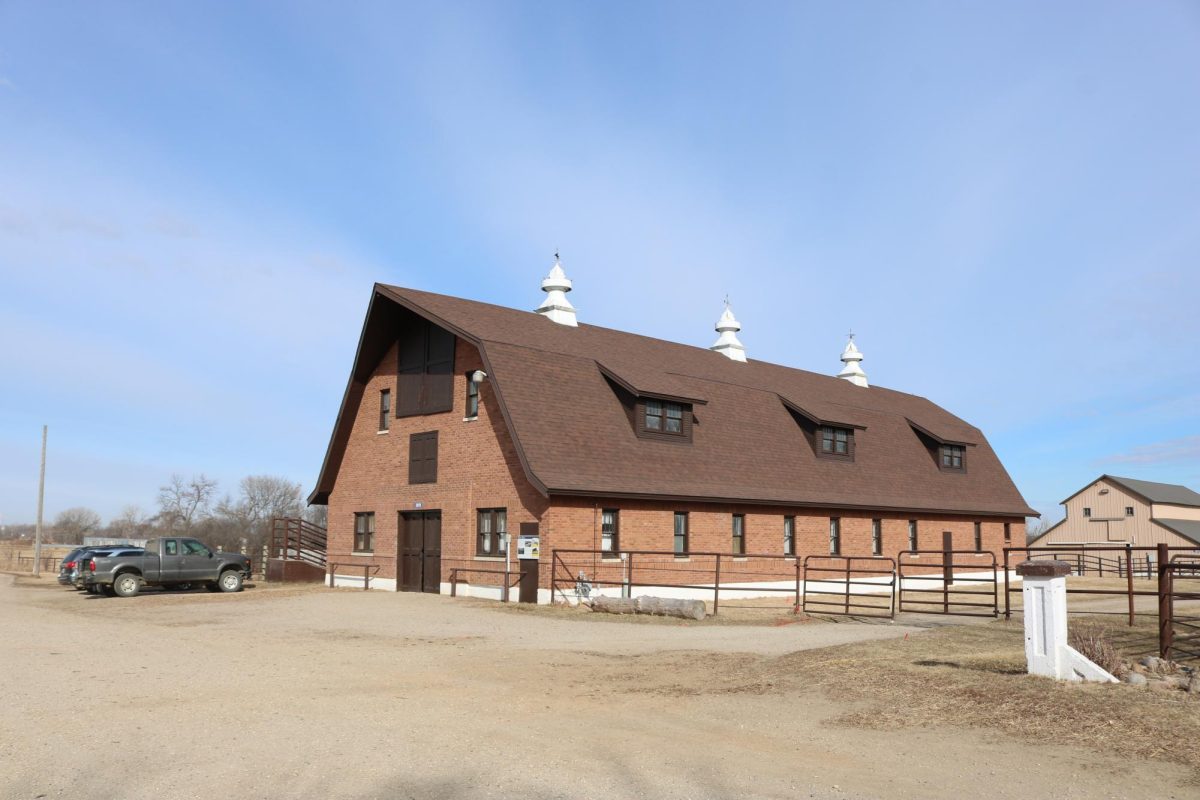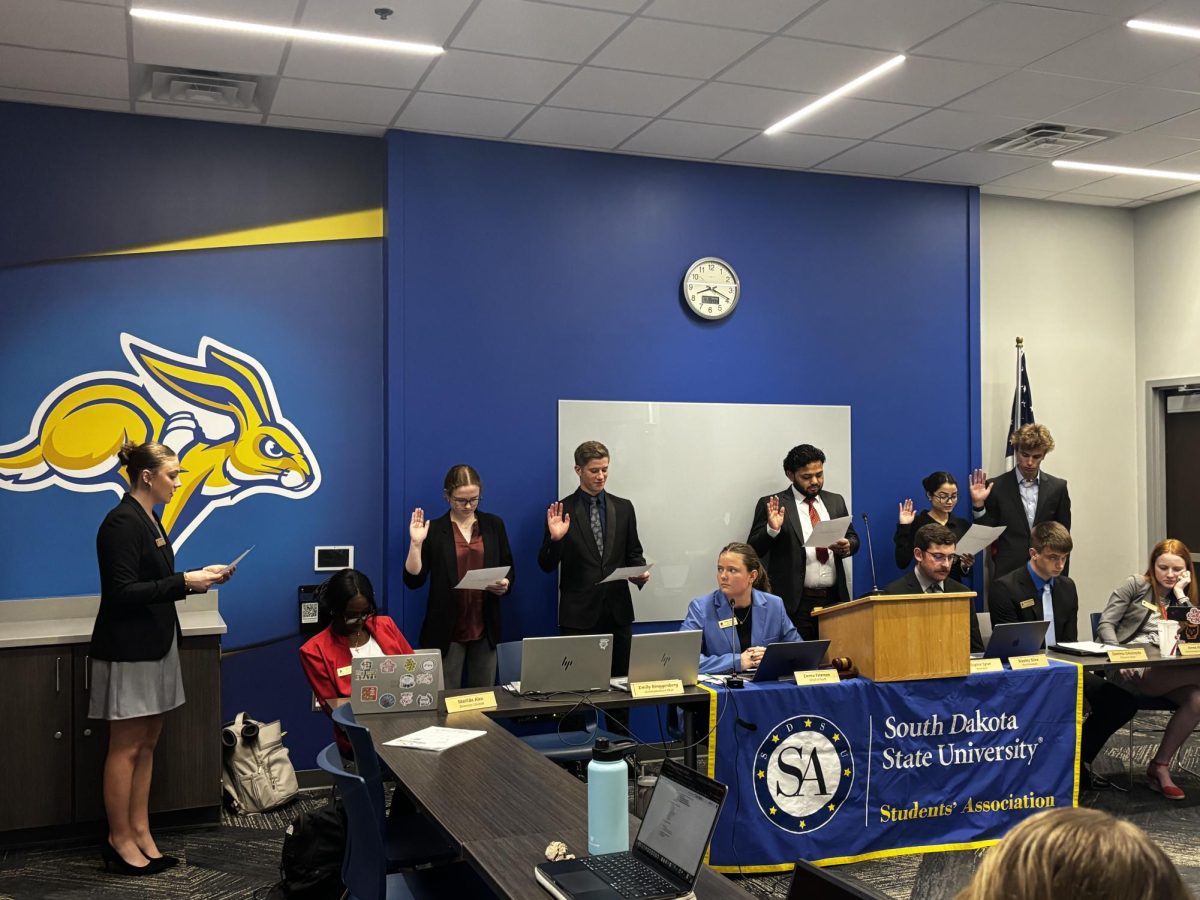
Construction began 100 years ago on the horse barn at the Horse Unit in 1925. The building was completed between January and March of 1926.
The Equine Teaching Faculty Manager, Jennifer Forney-Eide, recorded many historical elements about the horse barn on The Animal Science Equine page on SDSU’s website.
Eide says that the barn was built to house draft horses that were needed to do farm work on the college’s first experiment station.
Clydesdales, Belgians, and Percherons are all breeds of draft horses that once called the horse barn home. Eide said the horses were bred and raised there.
Back then, horses were needed to pull the plows and the planters in the fields for the experiment station. Tractors did not enter the farming scene until the 1940’s, According to Eide.
The experiment station was, “…established to provide the people of South Dakota the opportunity to learn and develop new agriculture methods and animal husbandry practices,” Eide said.
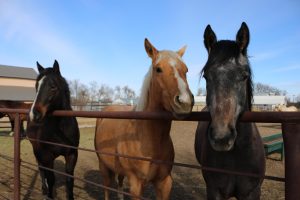
However, Eide has not been able to find any historical information about where the experiment station was located, so it is currently unknown where the draft horses would have specifically worked.
“We have no documentation of where the horses were kept pre-1925,” Eide said. It is known for sure that horses have been here when South Dakota State College was new.
The draft horses found themselves involved at the first Little International Stock and Grain Show held in 1921 – before the barn was even built!
“Somewhere in this general area between the cow calf and here is where all of the animal units were,” Eide said. The horses would have likely been housed somewhere in that area.

“We found a number of draft horse work shoes with cogs on them in a cow calf building which was destroyed in the derecho,” Eide said. Which is potentially where the draft horses lived before the barn was built. There are many unknowns because records are sparse.
The barn has a Gambrel shaped roof and is made of brick and mortar. “The barn stands virtually the same as when it was first built in 1925,” Eide said.
The only changes to have been made are that:
o Stall fronts were added on the double boxes to accommodate light horses.
o One of the old harness rooms was converted into a new extra-large box stall.
o Sometime between 1988 and 1989, the white paint previously found on the trim and dormers, were painted to the dark brown color that it is today.
o The building’s interior was once all gray in color, but later was painted to be bright white and dark brown
o A derecho storm came through in May of 2022, but the only damage done to the horse barn was to the old chimney. “It was blown clean off.” Eide said.

While draft horses were the first to call the horse unit barn home, the increased use of tractors eliminated the campus’ need for draft horses to complete agricultural work. This made room for more breeds of horses to be housed at the barn.
Morgan horses were introduced to the horse unit in 1946. In 1948, the horse unit also saw the addition of American Saddlebreds. Dr. Jim Kaiser brought these two breeds to university. By 1949, the draft horse days at SDSU had come to a close.
The first Quarter Horse filly to come to SDSU was named Gold Duster, and was purchased by Dr. Paul “Buck” Kohler from the Denver National Western Stock Show in 1952.
Only nine years later, by 1961, the horse barn was home exclusively to purebred American Quarter Horses.
It wasn’t until 1986 when Dr. Larry Insely brought Belgian draft horses back to the horse unit by working with McCrossan Boys Ranch near Sioux Falls to, teaching draft horse driving, as a way to preserve the history and use of the barn.
Thanks to the equine minor that was established in 2005, the barn sees even more traffic and is used daily in the teaching curriculum, hosting labs, riding classes, training of the replacement stock raised at the unit, hosting community events and summer programs.
“The horse unit is great for the Horse Club to use to get outside, work with horses, and connect with other members of the Horse Club who have similar interests and passions as they do,” said Horse Club President Mackenzie Steinbrecher.
Equine Instructor Dr. Carmen Paulson says she absolutely loves the authenticity and craftsmanship of this barn.
“It gives off a cool ‘old-barn’ feel,” Paulson said, “I often think about all the stories these walls could tell.”
Things are changing quickly, but one thing has stayed the passage of time. The horse barn is still standing tall on the northwest corner of campus, making a true testament to craftsmanship, care and necessity.
“It has always been a pleasure to step through those doors, the sweet smells of hay and horses greeting me. It is an impressive site when that barn is full of horses, it is the greatest classroom anyone could ask for,” Eide said, “It has been an honor to care for this facility keeping the traditions alive and providing educational opportunities for all.”


